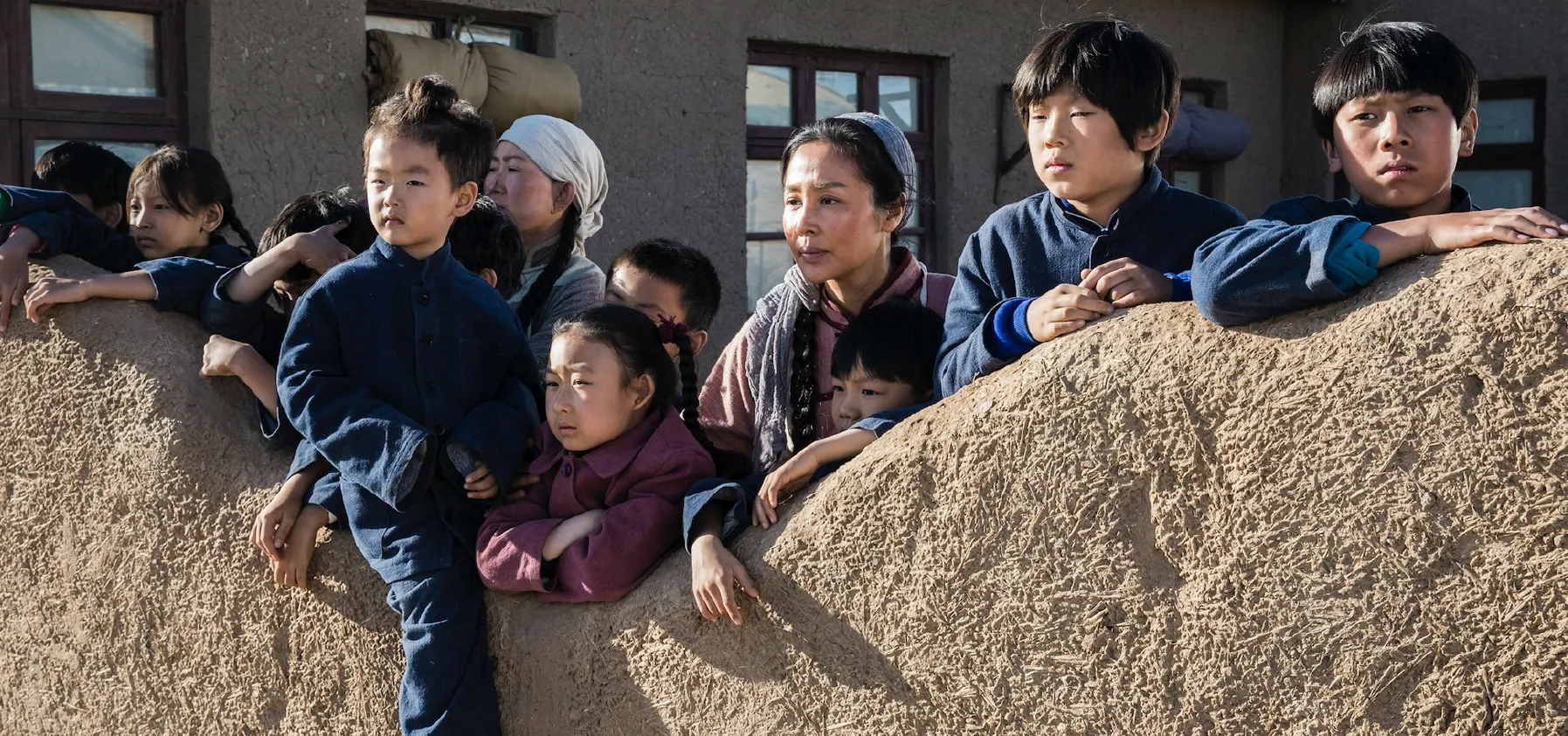Lost or abandoned during China’s famines half a century ago, a group of ‘orphans’ are still seeking their families
After half a century, confrontation of the Great Famine that followed the Great Leap Forward is coming to the fore. Stories, too, are popping up, tales of loss and triumph in an age many would like to forget. For some, such as the Shanghai Orphans, the pain is still very real.
“Shanghai Orphans,” officially known as “States’s Children”, were the more than 50,000 children and infants abandoned in South China from 1960 to 1963.
In 1959, as China was gripped by famine. The densely-populated regions south of the Yangtze River—commonly known as Jiangnan—were particularly affected. Chen Suying was a staff member at a welfare institution in Wuxi, and she said that the welfare office became overcrowded overnight. Soon enough, in the spring of 1960, welfare institutions in Jiangnan had lost the ability to feed the huge number of children they were receiving.
According to Chinese news publication Southern Weekly, “Send the children to Shanghai so they can have enough to eat” was a popular belief among the desperate Jiangnan parents of 1960. However, documents released by the central government on June 6 that year indicated that “Beijing has 7 days’ worth of grain stock, Tianjin has 10 days’, and Shanghai has none.”
Still, orphans from neighboring cities like Yixing, Suzhou, Wuxi, Yangzhou, and Nanjing could be found on the streets of Shanghai on any given day, and Shanghai had no way of caring for them.
Eventually, under the catch-all term “Shanghai orphans,” 50,000 children were picked up by the government and sent to the North. Following the instruction of Premier Zhou Enlai, Inner Mongolia first offered to have the herdsmen raise the children on the steppes and received more than 3,000 Shanghai orphans in three years. Later on, more Shanghai orphans got on the train to Shandong, Henan, Hebei, and even Shanxi—every railway line pointing to the north received cars full of children. “The way to north is the way to live,” was how Southern Weekly put it.
Today, many of these Shanghai orphans are in their 50s and 60s. And they are searching for their families.
At the Wuxi welfare institution office, most orphans start their search from old registration documents. As if to reflect their miserable reality, awful names were given to the orphans by the institution: abuse, malaria, blemish, stasis, and pain.
At first, there was a strict registration process for adoption; the institution received acknowledgement receipts after children were adopted by “decent and well-off families.” But when there were simply too many orphans and not enough staff to help them, foster parents in the cities of northern China started simply grabbing children at the train station.
Wang Jinhu is one of those orphans who couldn’t find any documentation of his origins. According to the Beijing News, he has been to Shanghai a dozen times since the 1990s, trying to find his biological parents. He didn’t tell anyone about his travels to Shanghai, and he didn’t know how to start the search. The only thing he vaguely knew was that his family had been poor. Zhabei district is a working-class area of Shanghai, so that when Wang came to the city, he would go there and sit at the bank of the Suzhou River from dawn to dusk, until lights along the river lit up. For the whole night, Wang would look up and check the windows one by one, hoping to see someone who looked like himself.
Lü Shunfang, the founder of Great Leap Shanghai Orphans Association, is looking for her lost younger sister. According to an interview with China Heritage Quarterly, Lü’s mother left Lü’s younger sister in the doorway of a restaurant in Shanghai. Lü can’t recall many details, but she still remembers the hunger. “People blamed it on natural disasters, saying that the whole country was suffering from them. But Suzhou, Wuxi, and Yixing, which border Lake Taihu, were renowned for having an abundance of fish and rice, and yet even we were said to suffer from natural disasters.” The decades since have left her confused about what happened.
In 2000, Lü held the first “finding relatives” meeting in Wuxi for the Shanghai orphans to trace their origins back to Jiangnan. Every spring, annual meetings took place in Jiangnan cities for thousands of orphans coming from cities all over the North.
In the 16 Shanghai orphans meeting that have since occurred, there were always more orphans than prospective parents. Shanghai orphan Zhou Jinfeng who grew up in Shanxi recalled that the huge meeting venue was always full of middle-aged men and women in their 50s and 60s with personal information boards hanging around their necks, waiting for their families to claim them. Few come to find their lost children.
“After all the years that have passed, the parents of the orphans might have been ill, or had died—maybe they didn’t know about our meetings”, Lü told the Beijing News. “Every family had so many children at that time. Maybe some didn’t really plan to get the abandoned ones back.”












